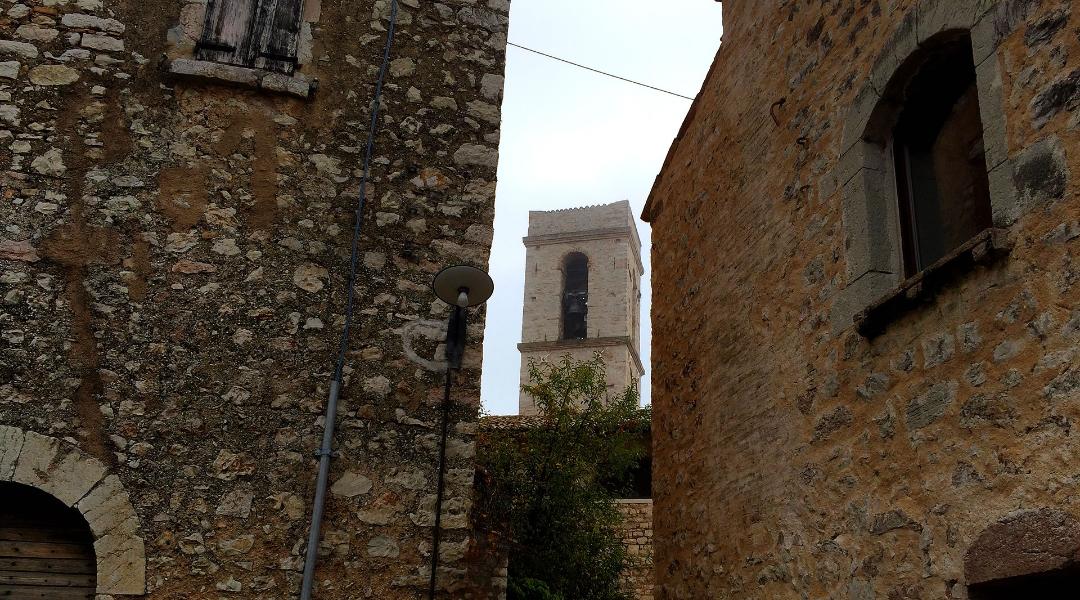Campello Alta
Overlooking the valley of Spoleto, the village of Campello Alta is a fortified highland settlement situated on a hilltop 514 meters above sea level. The setting is particularly beautiful, between the hills and the mountain that still preserves the characteristics of a medieval landscape, with the castle, the village, the tower houses enclosed by walls, small fields surrounded by hedges, unpaved roads and terraces full of olive trees.
The castle retains its fourteenth-century structure both in the well preserved long stretches of the circular walls and towers both in the internal and external architecture of the fortified center.
The castle retains its fourteenth-century structure both in the well preserved long stretches of the circular walls and towers both in the internal and external architecture of the fortified center.





























.jpg/0182c564-e085-d7a4-40b6-cb530587703e?width=780)


